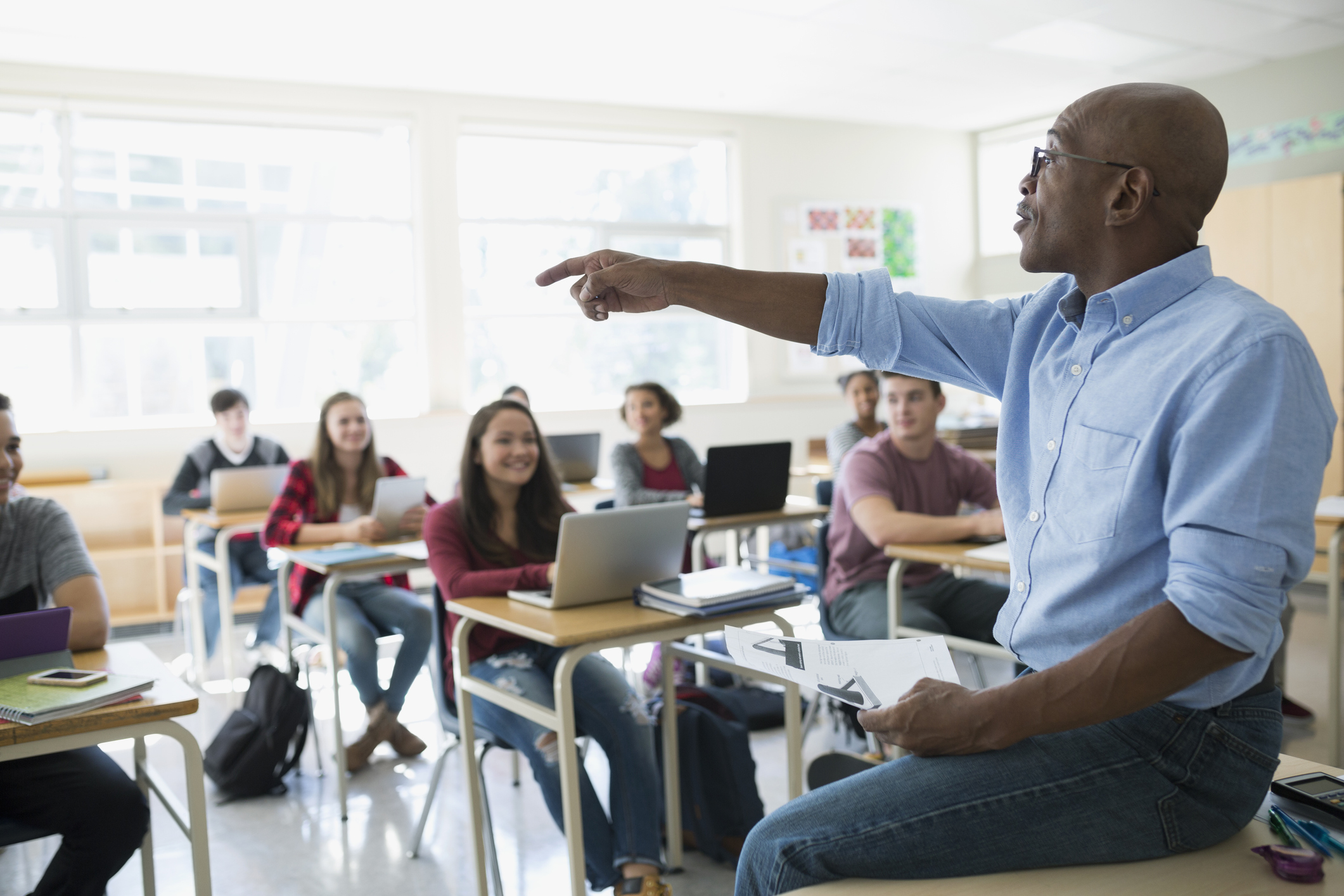Find the Best Primary Science Tuition Singapore for Enhanced Learning
Find the Best Primary Science Tuition Singapore for Enhanced Learning
Blog Article
Checking Out the Various Teaching Techniques in Main Science Education And Learning Today
The landscape of main science education and learning is evolving, with various mentor techniques obtaining importance in contemporary class. Inquiry-based understanding, hands-on experiments, and the assimilation of innovation are redefining how teachers involve young minds. Additionally, joint approaches and set apart guideline are being utilized to provide to the diverse needs of trainees, boosting both engagement and understanding. As we examine these methodologies, concerns occur regarding their efficiency and the implications for future educational techniques. What might these changes in approach mean for the future generation of learners?
Inquiry-Based Discovering
Inquiry-Based Knowing (IBL) is an instructional method that encourages trainees to explore clinical concepts with doubting, investigation, and hands-on trial and error. This technique highlights the function of trainees as energetic participants in their understanding, advertising crucial thinking and problem-solving skills. By involving with real-world questions, students come to be inspired and curious, which improves their understanding of scientific concepts.
In IBL, educators serve as facilitators, leading pupils as they navigate their inquiries as opposed to providing information directly. This student-centered method enables distinction, accommodating different discovering speeds and styles. Pupils develop abilities in formulating theories, creating experiments, and analyzing information, which are critical for clinical proficiency.
Additionally, IBL cultivates cooperation amongst trainees, motivating them to share concepts and findings. This cumulative inquiry advertises social abilities and a feeling of neighborhood within the class. The process of query motivates strength, as pupils learn to embrace failure as a stepping stone toward understanding.
Hands-On Experiments
Hands-on experiments are a vital element of efficient scientific research education, complementing the concepts of inquiry-based knowing. These experiments permit trainees to involve directly with scientific ideas, promoting a much deeper understanding with experiential discovering. By manipulating materials and observing results, young students can comprehend abstract theories in tangible ways.
Such tasks advertise important thinking and analytic abilities, as students hypothesize outcomes, conduct experiments, and examine results. This procedure motivates them to ask questions, improve their understanding, and establish a clinical state of mind. Hands-on experiments can be customized to diverse discovering designs, ensuring that all trainees have the opportunity to involve meaningfully with the web content.
Moreover, hands-on experiments often urge cooperation amongst peers, advertising teamwork and communication skills. Operating in groups allows students to share concepts, discuss findings, and learn from each other, which enhances their total instructional experience.
Integrating hands-on experiments right into the key science educational program not only enriches the learning environment however additionally cultivates a long-lasting interest in scientific research. By proactively getting involved in their education, pupils are more probable to create an enthusiasm for clinical inquiry that prolongs past the classroom.

Innovation Combination
Integrating technology into primary scientific research education has ended up being increasingly essential in promoting student involvement and improving learning outcomes. Using electronic tools, such as interactive simulations, virtual labs, and instructional software, gives pupils with possibilities to check out scientific concepts in ingenious ways. These resources promote a deeper understanding of complicated topics by allowing learners to picture and control variables that would certainly be not practical in a traditional classroom setting.
Additionally, innovation assimilation urges customized finding out experiences. Pupils can progress at their very own speed, reviewing difficult ideas with multimedia resources, which accommodate different knowing designs. This adaptability not just sustains individual development however also grows a feeling of autonomy in learners.
In addition, technology works as a bridge to real-world science, linking students with current research and expert contributions. Accessibility to on the internet databases and scientific journals broadens pupils' perspectives on scientific questions and promotes crucial believing abilities.
Collaborative Understanding
Joint learning plays a vital duty in key scientific research education and learning by fostering team effort and interaction abilities amongst trainees. This technique motivates students to work with each other, share understanding, and engage in analytic, which enhances their understanding of clinical ideas. By joining group tasks, trainees learn to verbalize their concepts, pay attention to diverse viewpoints, and work out services, every one of which are crucial skills in both real-world and scholastic contexts.

Study suggests that Click This Link joint understanding can cause raised motivation and engagement in science topics, as trainees locate enjoyment in common experiences (primary science tuition Singapore). In addition, this method prepares students for future collaborative ventures, outfitting them with the abilities necessary for effective teamwork in college and specialist settings. Inevitably, embracing collective understanding in key scientific research education and learning can considerably enhance the knowing experience and advertise a deeper understanding of scientific questions
Distinguished Instruction

Differentiated direction can show up in numerous means, such as varying the content, procedures, or items of knowing. As an example, educators might use tiered jobs that provide varying degrees of complexity, permitting trainees to function at their respective preparedness levels. Additionally, versatile grouping techniques can help with cooperation amongst trainees with different capacities, cultivating peer knowing.
Evaluation plays an essential function in this strategy, as it informs direction and aids teachers comprehend each trainee's special needs. Developmental evaluations, such as monitorings and quizzes, can guide educators in readjusting their techniques to enhance finding out outcomes. primary science tuition Singapore. Ultimately, by executing set apart direction in main scientific research education and learning, instructors can cultivate a much more reliable and fair discovering environment, empowering all students to reach their full possibility in understanding clinical phenomena
Conclusion
In recap, the diverse teaching methods in primary scientific research education, consisting of inquiry-based learning, hands-on experiments, innovation combination, collective understanding, and set apart direction, jointly add to a more reliable understanding environment. These methods promote crucial thinking, problem-solving skills, and a deeper comprehension of scientific concepts. By carrying out these approaches, teachers can produce interesting and helpful class that address the diverse needs of students, inevitably promoting a long-lasting passion in science and improving scholastic achievement.
Inquiry-Based Understanding (IBL) is an instructional technique that urges trainees to his comment is here discover clinical concepts through questioning, investigation, and hands-on experimentation.Collaborative learning plays a vital function in key science education and learning by fostering synergy and interaction abilities amongst students.Research shows that collective learning can lead to increased motivation and interaction in science subjects, as students find satisfaction in shared experiences.In promoting an inclusive knowing setting, set apart direction arises as a vital strategy to fit the varied needs and abilities of trainees in key science education. Eventually, by executing set apart direction in main go to this site scientific research education, instructors can cultivate a much more efficient and equitable discovering atmosphere, equipping all pupils to reach their full potential in comprehending clinical phenomena.
Report this page